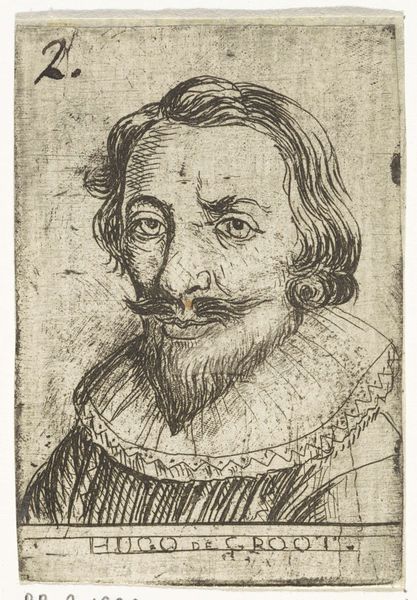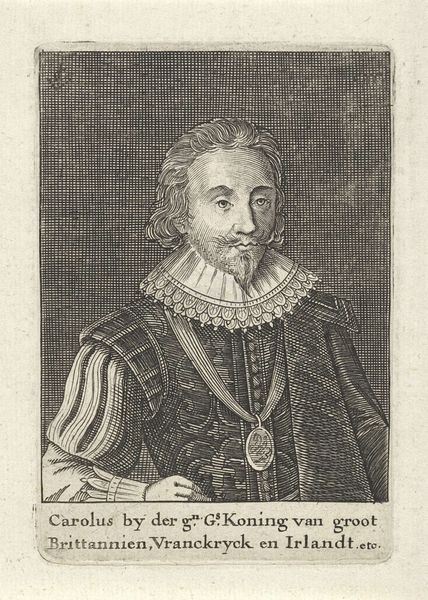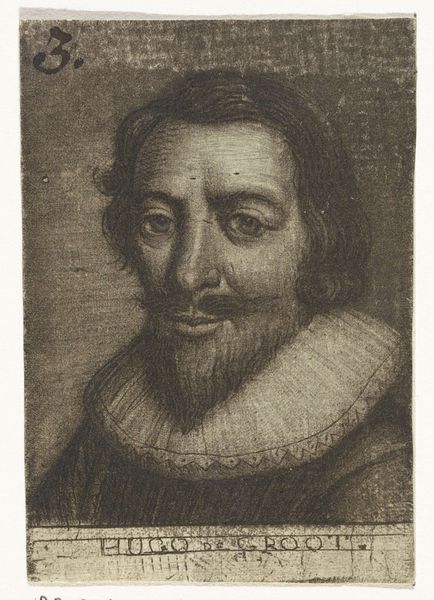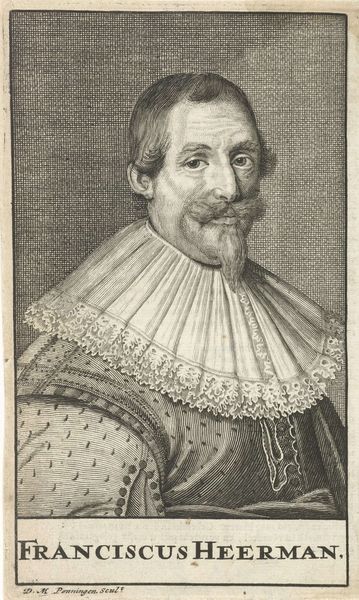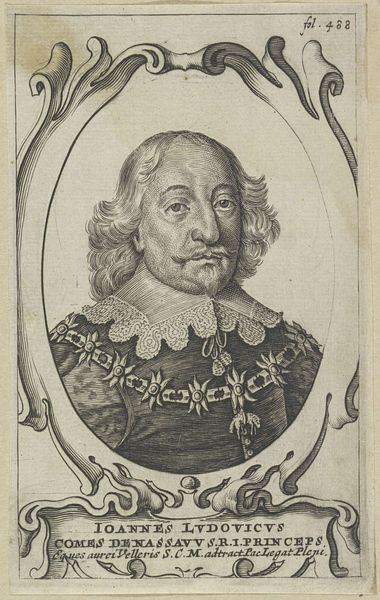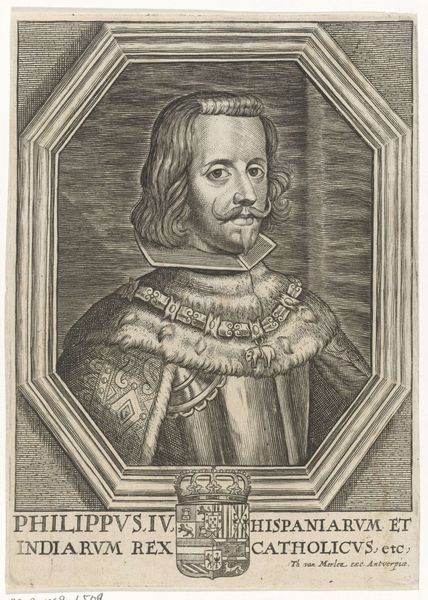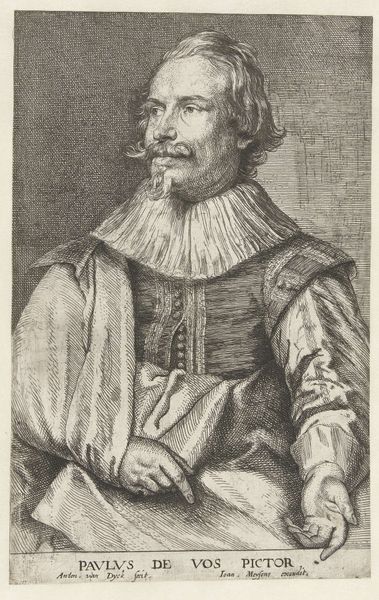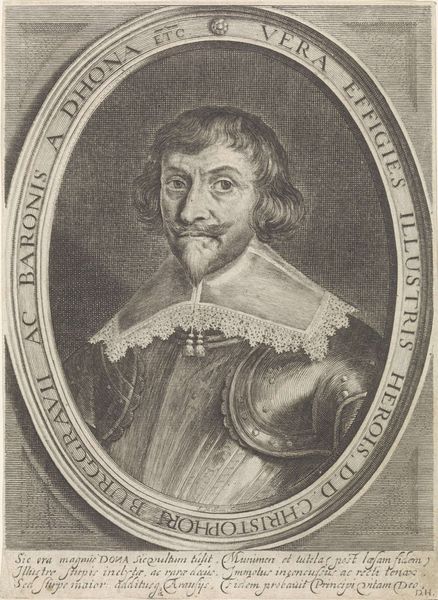
print, ink, pen, engraving
# print
#
pencil sketch
#
old engraving style
#
figuration
#
ink
#
pen-ink sketch
#
line
#
pen work
#
pen
#
history-painting
#
engraving
Dimensions: height 69 mm, width 49 mm
Copyright: Rijks Museum: Open Domain
Editor: Here we have Rienk Jelgerhuis’s portrait of Hugo de Groot, likely created sometime between 1739 and 1806, using ink, pen and engraving. I’m immediately struck by the use of line in this work and how that really defines the form. What can you tell us about the visual structure here? Curator: Note the dominance of line, indeed. The network of hatched lines, its density varied to suggest tonal modulations, this directs the eye, foremost toward the subject's gaze. How would you characterize the emotional content of this composition, stemming from these formal choices? Editor: I find it gives the image a sense of immediacy, of a fleeting moment captured. Do you agree, or perhaps you see something else in its form? Curator: Consider how the lines build structure but also fragment it. There's a tension here. It invites the eye to resolve these fragments into a unified portrait, a symbolic gesture of intellectual engagement, almost as if it challenges us to synthesize De Groot's complex philosophy. Editor: That’s fascinating! It is almost like we’re constructing the image, and perhaps, in turn, the man, ourselves. I will definitely keep that in mind when viewing other portraits from this period. Curator: Indeed, the active viewer completes the artistic statement through cognitive participation. Such a dialogue, shaped by line, defines the semiotic play.
Comments
No comments
Be the first to comment and join the conversation on the ultimate creative platform.
